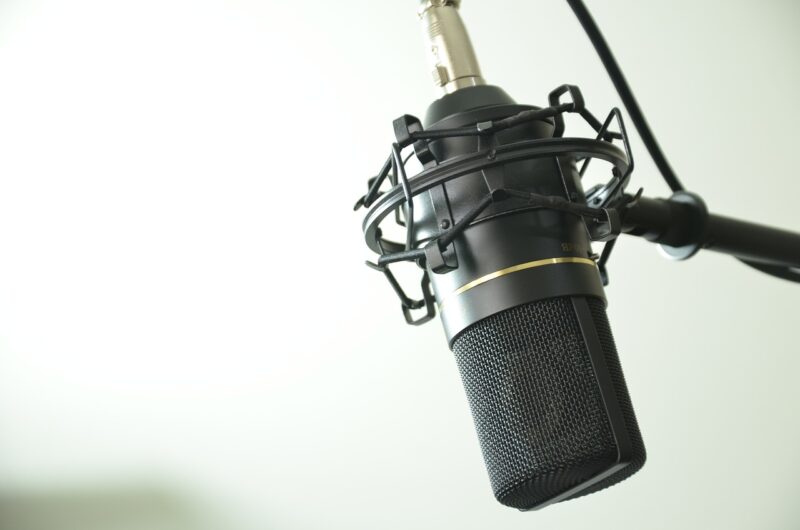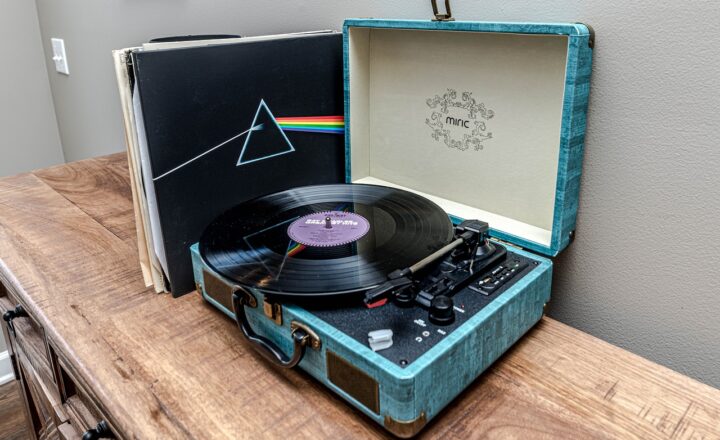Why Home Audio Enthusiasts are Investing in Vintage Sound Equipment
November 13, 2024

In today’s fast-paced digital world, where streaming services and wireless connections dominate the audio experience, a surprising trend is emerging among home audio enthusiasts: a renewed interest in vintage sound equipment. These pieces of audio gear, often characterized by their unique analog warmth and nostalgic aesthetics, are becoming highly sought after. But what drives this growing fascination with vintage audio equipment? In this article, we will delve into the reasons behind this trend, explore the advantages of owning vintage gear, and discuss how to get started as a vintage audio enthusiast.
1. The Allure of Analog Sound
The sound quality produced by vintage audio equipment has long been a topic of debate among audiophiles. Many enthusiasts argue that analog sound has a warmth and depth that digital systems simply cannot replicate.
When sound is recorded in analog format, it captures a broader range of frequencies and harmonics. This results in a richer, more immersive listening experience, often referred to as being ‘alive.’ Vintage turntables, tube amplifiers, and reel-to-reel tape decks have become the preferred choice for many, as they allow listeners to experience music in its purest form without the harshness sometimes associated with digital playback.
Furthermore, vintage equipment often incorporates unique design elements that can enhance the audio experience. From handcrafted wooden cabinets to high-quality components, these pieces are not just functional; they are a testament to a bygone era of craftsmanship.
2. Nostalgia and Emotional Connection
For many, investing in vintage audio equipment is about more than just sound quality; it’s an emotional journey. The nostalgia associated with older sound systems can evoke cherished memories of a different time, bringing back the magic of listening to vinyl records or the thrill of unboxing a new piece of audio gear from an earlier era.
The appeal of vintage audio goes beyond mere aesthetics; it taps into the human desire for connection and authenticity. Many enthusiasts feel that vintage equipment tells a story, representing a significant era in music history. This connection fosters a sense of community among audiophiles who share the same passion for classic audio technology. Whether it’s discussing their favorite albums or attending vintage audio fairs, enthusiasts bond over their shared appreciation for the past.
3. DIY Culture and Restoration Opportunities
Another significant factor driving the interest in vintage sound equipment is the burgeoning DIY culture surrounding audio restoration. Many audio enthusiasts find joy in searching for, repairing, and restoring vintage equipment to its former glory.
With the rise of online communities and forums, it’s easier than ever to access resources, tutorials, and guides. This allows enthusiasts to learn valuable skills related to equipment restoration, troubleshooting, and modification.
The DIY aspect offers a rewarding experience as enthusiasts can personalize their setups by replacing components or refurbishing cases, often incorporating modern upgrades without losing the original character of the equipment. The sense of accomplishment that comes from breathing new life into a classic piece of gear adds to the allure of vintage audio.
4. Investment Potential
In addition to the emotional and auditory benefits, investing in vintage audio equipment can also be seen as a sound financial decision. As digital audio components saturate the market, vintage gear has begun to appreciate in value, making it more appealing from an investment standpoint.
Some brands and models have become highly collectible, with values steadily rising as enthusiasts seek them out. For instance, vintage speakers from iconic brands like JBL or Klipsch have seen significant price increases over the years. This potential for appreciation attracts not only audiophiles but also collectors who view vintage sound systems as valuable assets.
Consequently, investing in vintage audio equipment can yield both personal enjoyment and potential financial returns, making it an intriguing option for a broad audience.
5. Compatibility with Modern Formats
A common misconception about vintage audio equipment is that it is incompatible with modern formats. Fortunately, many vintage systems can seamlessly integrate with contemporary devices.
For instance, modern Bluetooth receivers, digital-to-analog converters (DACs), and even high-quality turntables have been designed with compatibility in mind. Vintage amps, speakers, and other equipment can be paired with streaming devices, allowing enthusiasts to enjoy the warmth of analog sound while benefiting from the convenience of their digital libraries.
This compatibility opens the door for a new generation of audio enthusiasts, enabling them to experience the best of both worlds: the rich, immersive sound of vintage gear combined with the accessibility of modern technology.
6. Tips for Getting Started with Vintage Audio
If you’re intrigued by the idea of investing in vintage audio equipment, here are some tips to help you get started:
- Research: Familiarize yourself with the different types of vintage audio equipment, brands, and their respective characteristics. Online forums and resources provide a wealth of information on equipment performance and models to look for.
- Attend Audio Shows: Visit audio festivals and trade shows to experience vintage sound equipment firsthand, meet enthusiasts, and learn more about restoration techniques.
- Start Small: Begin your collection with budget-friendly items, such as vintage speakers or turntables, before investing in higher-end models. This allows you to gauge your interest and experience restoring equipment firsthand.
- Join Communities: Become a member of online forums, social media groups, or local clubs where you can connect with fellow enthusiasts. Engaging with a community can help broaden your knowledge and appreciation for vintage audio.
By following these steps, you can embark on your journey into the fascinating world of vintage audio.
Conclusion
As we explore the reasons behind the growing investment in vintage sound equipment among home audio enthusiasts, it becomes clear that this trend is about more than just a nostalgia for the past. The unique sound quality, emotional connections, the rewarding DIY culture, and the potential for investment all contribute to the allure of vintage audio gear. In a world where technology often prioritizes convenience over authenticity, vintage equipment stands out as a testament to the beauty of craftsmanship and the timeless enjoyment of music. Whether you’re a seasoned audiophile or a newcomer, exploring the vintage audio landscape can offer both a fulfilling hobby and a unique sonic experience that echoes through time.







